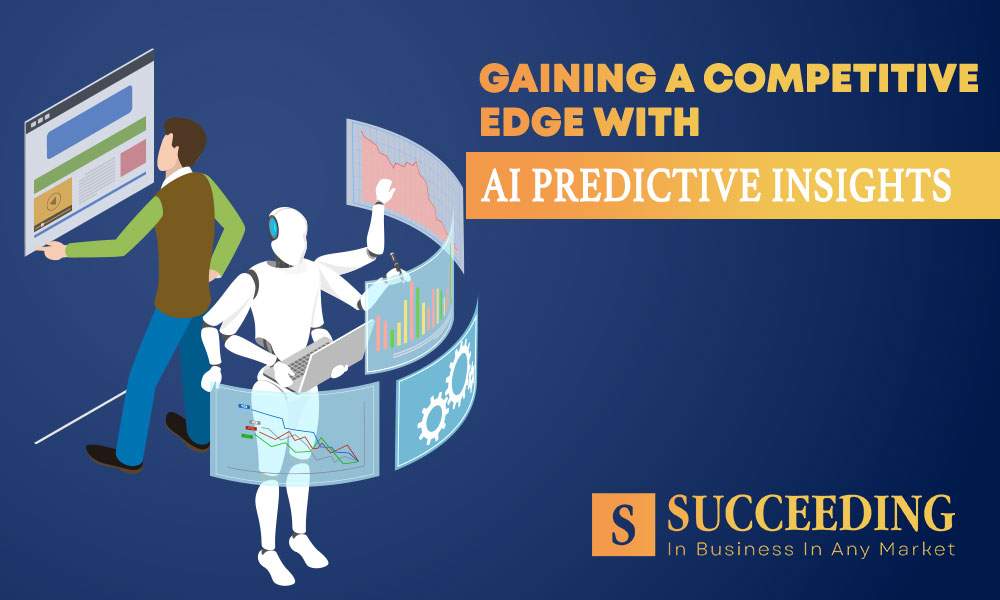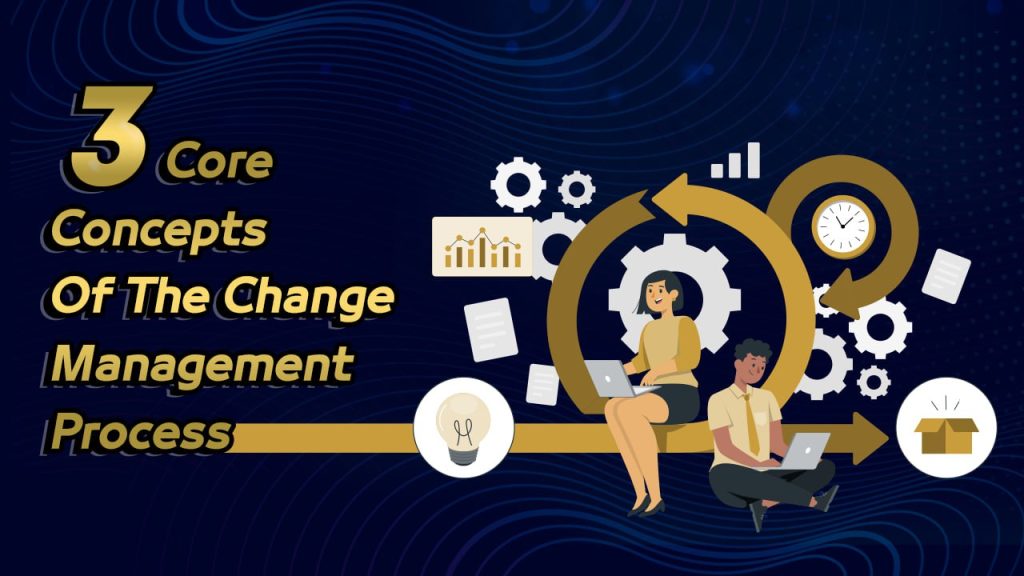In today’s dynamic business environment, the ability to anticipate trends, make informed decisions, and stay ahead of the competition is crucial. This article explores how businesses can gain a competitive edge by harnessing the transformative power of Artificial Intelligence (AI) predictive insights.
1: Understanding Predictive Insights:
Predictive insights represent a paradigm shift in data analytics. Unlike traditional approaches that focus on historical data, predictive insights leverage advanced AI algorithms to analyze patterns, identify correlations, and make forecasts about future trends. This proactive approach empowers businesses to make strategic decisions based on anticipated outcomes.
2: The Role of AI in Predictive Insights:
At the core of predictive insights is the role of AI, which excels in processing vast datasets and learning from patterns. Machine learning algorithms enable AI systems to continuously improve their predictive capabilities, making them invaluable for businesses seeking a competitive advantage in an ever-changing market.
3: Applications of AI Predictive Insights:
AI predictive insights find applications across various industries. From sales forecasting and customer behavior analysis to demand planning, businesses can leverage these insights to make informed decisions. Real-world examples showcase how companies have successfully used predictive analytics to gain a strategic edge.
4: Improving Operational Efficiency:
Operational efficiency is a key driver of competitiveness. AI predictive insights optimize resource allocation, reduce downtime, and enhance workflow efficiency. Businesses can streamline their operations by adopting predictive analytics to forecast maintenance needs, allocate resources efficiently, and improve overall productivity.
5: Customer-Centric Approaches:
Understanding and meeting customer needs is central to gaining a competitive edge. AI predictive insights enable businesses to create personalized customer experiences. Through customer segmentation and targeted marketing campaigns, businesses can enhance customer satisfaction and loyalty.
6: Risk Management and Fraud Prevention:
AI predictive insights play a pivotal role in risk management and fraud prevention. In industries like finance and cybersecurity, these insights help assess risks, detect anomalies, and prevent fraudulent activities. The ability to foresee potential risks enhances a company’s resilience and security.
7: Leveraging Predictive Insights for Innovation:
Innovation is a key differentiator in a competitive market. AI predictive insights identify emerging trends and market opportunities, providing businesses with the foresight needed for innovation. Case studies illustrate how companies have innovated strategically by applying predictive analytics.
8: Integration Strategies for Businesses:
For businesses looking to harness the power of AI predictive insights, a strategic integration approach is essential. This section provides practical guidance on selecting suitable AI tools, ensuring data governance, and fostering a culture that embraces predictive analytics throughout the organization.
9: Overcoming Challenges in Implementing AI Predictive Insights:
While the benefits of AI predictive insights are substantial, challenges may arise. Addressing issues such as data quality, integration complexities, and organizational resistance is critical for a successful implementation. Strategies for overcoming these challenges are discussed to ensure a smooth transition.
10: Future Trends in AI Predictive Insights:
The future holds exciting possibilities for AI predictive insights. Emerging trends, including explainable AI, advanced automation, and integration with other technologies, are poised to further enhance the capabilities of predictive analytics. Understanding these trends is essential for businesses seeking a sustained competitive advantage.

Conclusion:
In conclusion, AI predictive insights have emerged as a game-changer in the quest for a competitive edge. By unlocking the power of data-driven foresight, businesses can make strategic decisions, innovate proactively, and navigate the complexities of the market with confidence.
FAQs:
Q1: What distinguishes predictive insights from traditional analytics?
Predictive insights go beyond historical data analysis by using machine learning algorithms to forecast future trends. While traditional analytics focuses on past performance, predictive insights leverage AI to make informed predictions about what might happen in the future.
Q2: How do businesses leverage AI predictive insights for sales forecasting?
Businesses use AI predictive insights to analyze historical sales data, customer behavior, and market trends. This enables accurate sales forecasting, helping businesses anticipate demand, optimize inventory levels, and make strategic decisions to improve sales performance.
Q3: Can AI predictive insights be applied to small businesses?
Yes, AI predictive insights can be valuable for small businesses. Many AI tools are scalable and adaptable to different business sizes. Small businesses can leverage predictive insights for sales forecasting, customer engagement, and operational efficiency to gain a competitive edge.
Q4: How does AI contribute to risk management and fraud prevention through predictive insights?
AI predictive insights analyze patterns and anomalies in data to identify potential risks and fraudulent activities. In finance, for example, AI algorithms can detect unusual transactions, mitigating the risk of fraud. Similarly, in cybersecurity, predictive insights help anticipate and prevent security threats.
Q5: What are some challenges businesses may face when implementing AI predictive insights?
Challenges may include issues related to data quality, integration complexities with existing systems, and resistance to change within the organization. Overcoming these challenges requires careful planning, investment in technology, and fostering a culture that values data-driven decision-making.




